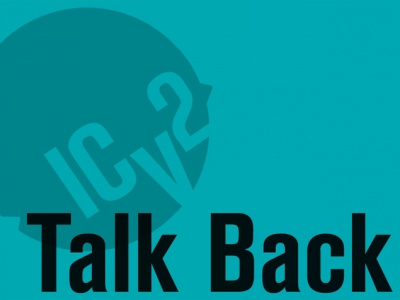North American comic shop orders increased in the aggregate again for July, with the total dollars up around 10% from June. This strength was not evident in the top ten titles, most of which dropped. The four X-books that have ruled the top of the chart in recent months, for example, dropped an average of 9%. DC's top book, Green Arrow, also dropped slightly. The strength was in the slots 10 through 75, which averaged significantly higher than the previous month. There was also some strength at the bottom of the chart, where the cut-off once again moved up versus the previous month. See 'Comic Orders Up 17% in June' for our analysis of last month's orders.
Marvel's domination of the top of the chart continued, with nine out of the top ten titles and twenty out of the top twenty-five. DC did solicit the top dollar book of the month -- Just Imagine... -- notably with the name of the living person most associated with Marvel Comics in the title.
120,703 New X-Men #116
117,560 Uncanny X-Men #396
99,527 Ultimate X-Men #8
98,108 X-Treme X-Men #3
80,712 New X-Men 2001 Annual
80,354 Green Arrow #6
79,564 Amazing Spider-Man #33
79,276 Punisher #2
79,267 Ultimate Spider-Man #11
76,800 Elektra #1
70,933 Wolverine #166
69,676 JLA #56
62,604 Avengers #44
62,146 Daredevil Yellow #2 (MR)
58,204 Ultimate Marvel Team Up #6]
56,676 Just Image Lee/Kubert Batman
54,860 Daredevil #20 (MR)
54,271 Daredevil #21
52,407 JLA Our Worlds at War #1
52,389 Exiles #2
52,027 Brotherhood #3
51,734 Peter Parker #33
51,686 Fantastic Four #45
50,665 Spawn #112
48,024 X-Force #118
For the complete list of all 300 top comics with their orders for July, see 'Top 300 Comics -- July, 2001.'
Our analysis is based on a combination of the information Diamond releases in Diamond Dialogue and actual order numbers provided to ICv2 from publisher sources. By plugging in the circulation numbers we know and using the Diamond order index, all of the circulation numbers for comics ordered through Diamond can be interpolated. Since Diamond calculates its indexes based on initial advance orders from its US location only, we use publisher numbers for the same kind of orders to do our calculations. This produces very accurate estimates of the initial orders for North American shops. It is not an estimate of the total sales by publishers.
These numbers may be able to stand as a proxy, however, for sales on titles published in the U.S. to consumers worldwide. One data set missing from every estimate of comic sales is the sell-through percentage -- the percentage of books ordered by retailers worldwide through all channels that actually sells to consumers. Since all comics ordered through Diamond are purchased non-returnable, there is considerable inventory that ends up at the retailer level and is never sold to consumers. There are various factors listed below that mean that total sales by publishers can be 10-20% higher than the initial orders by stores. Given that all purchases are non-returnable, however, if 10-20% of total orders ends up unsold (a reasonable estimate), the actual sales to consumers are probably approximated by these early initial orders in the aggregate, with considerable variation on individual titles depending on the varying relationship between orders by retailers and actual consumer demand. Thus, beginning this month we're going to note the non-returnability and the unknown sell-through percentage as a standard limitation of our estimates, below.
Here are the limitations to our analysis:
Marvel, DC, Dark Horse and Image distribute 100% of their comic store orders through Diamond. Some other publishers distribute directly to stores or through other distributors and as a result this analysis may underestimate their sales.
Marvel, DC, Dark Horse, and Image distribute some of their titles through channels other than comic specialty stores, e.g., newsstands and bookstores. These quantity estimates do not reflect distribution through those channels.
The quantities above do not include advance reorders, late orders, or reorders.
Most of the titles on this chart are also distributed to Europe by Diamond UK, which can account for significant sales for the publisher, ranging from 3-20% of the US numbers. Sales by Diamond UK are not included in the numbers above.
Even given the above, however, it is probably safe to say that these quantities reflect 80% or more of the total North American sales by the publisher on most periodical comics.
One other factor to consider is that sales through Diamond and other comic distributors are non-returnable to retailers. That means that there is a considerable unknown percentage of books unsold at the retailer level. If that percentage is 10-20% of sales (a reasonable assumption), the estimates above may be quite close to actual sales to consumers.






